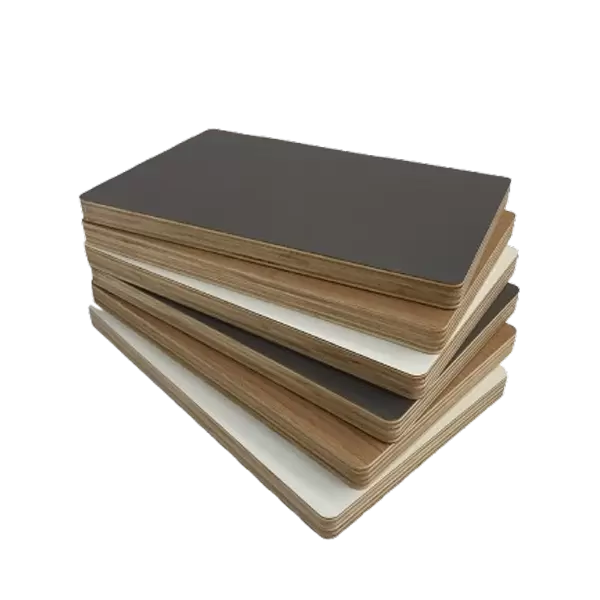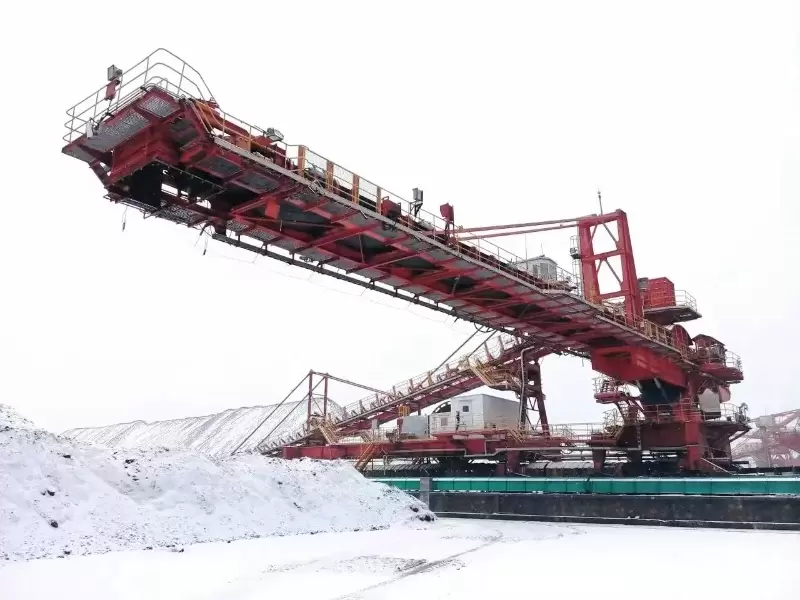In the ever-evolving landscape of construction, the choice of framing material plays a pivotal role in determining the structural integrity, cost-effectiveness, and sustainability of new buildings. Among the myriad of options available, wood framing has emerged as the most common type of framing in new construction today. This article delves into the reasons behind this trend, the advantages of wood framing, and its implications for the future of construction.
The Rise of Wood Framing
Wood framing, particularly light-frame construction, has been the backbone of residential building in North America for decades. Its popularity can be attributed to several factors:
- Cost-Effectiveness: Wood is generally more affordable than alternative materials such as steel or concrete. The lower material costs, combined with the ease of handling and installation, make wood framing an attractive option for builders and homeowners alike.
- Availability: Wood is widely available and sourced from sustainable forests, making it a readily accessible material. This availability helps to keep construction timelines on track and reduces delays caused by material shortages.
- Versatility: Wood framing allows for a high degree of design flexibility. Architects and builders can easily modify plans to accommodate unique designs, making it suitable for a variety of architectural styles.
- Insulation Properties: Wood has natural insulating properties, which can contribute to energy efficiency in buildings. When combined with modern insulation materials, wood-framed homes can achieve excellent thermal performance, reducing energy costs for homeowners.
Advantages of Wood Framing
While wood framing is prevalent, it is essential to understand the specific advantages it offers over other framing methods:
- Speed of Construction
Wood framing is typically faster to erect than steel or concrete alternatives. The lightweight nature of wood allows for quicker assembly, which can significantly reduce labor costs and overall project timelines. Builders can often complete framing in a matter of weeks, allowing for faster project turnover.
- Sustainability
With growing concerns about climate change and environmental impact, the sustainability of building materials has become a critical consideration. Wood is a renewable resource, and when sourced from responsibly managed forests, it has a lower carbon footprint compared to steel and concrete. Additionally, wood sequesters carbon, contributing to a reduction in greenhouse gases.
- Aesthetic Appeal
Wood framing offers a warm, natural aesthetic that is often preferred by homeowners. Exposed wooden beams and finishes can enhance the visual appeal of a space, creating a cozy and inviting atmosphere. This aesthetic quality can also increase property value, making wood-framed homes more desirable in the real estate market.
Challenges and Considerations
Despite its many advantages, wood framing is not without challenges. Builders must consider factors such as:
- Moisture and Pest Resistance: Wood is susceptible to moisture damage and pest infestations. Proper treatment and maintenance are essential to ensure longevity. Builders often use pressure-treated wood or incorporate moisture barriers to mitigate these risks.
- Fire Safety: Wood is a combustible material, which raises concerns about fire safety. However, modern building codes and fire-resistant treatments can help address these issues, ensuring that wood-framed structures meet safety standards.
The Future of Wood Framing
As we look to the future, the dominance of wood framing in new construction is likely to continue. Innovations in engineered wood products, such as cross-laminated timber (CLT) and laminated veneer lumber (LVL), are expanding the possibilities for wood framing. These materials offer enhanced strength and stability, allowing for taller and more complex structures while maintaining the benefits of traditional wood framing.
Moreover, the increasing emphasis on sustainable building practices and energy efficiency aligns well with the advantages of wood framing. As builders and architects seek to create environmentally friendly structures, wood framing will remain a key player in the construction industry.
Conclusion
In summary, wood framing stands out as the most common type of framing in new construction today due to its cost-effectiveness, availability, versatility, and sustainability. While challenges exist, ongoing innovations and a growing focus on eco-friendly practices position wood framing as a vital component of modern construction. As we continue to build for the future, wood framing will undoubtedly play a significant role in shaping our built environment.



